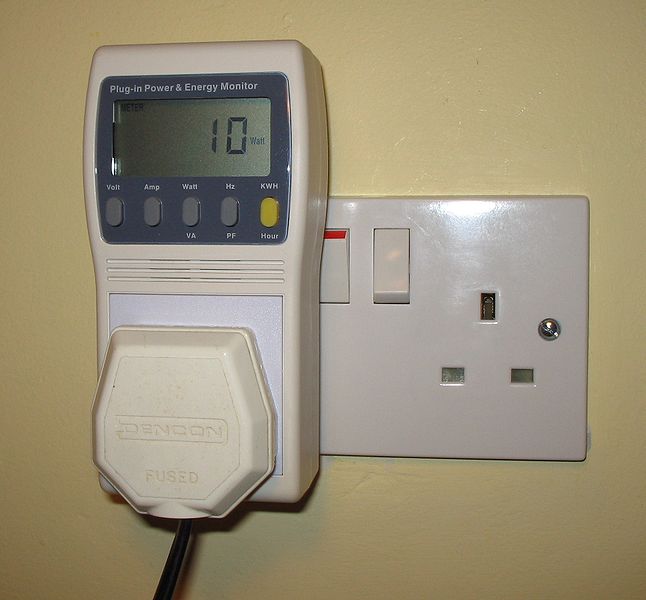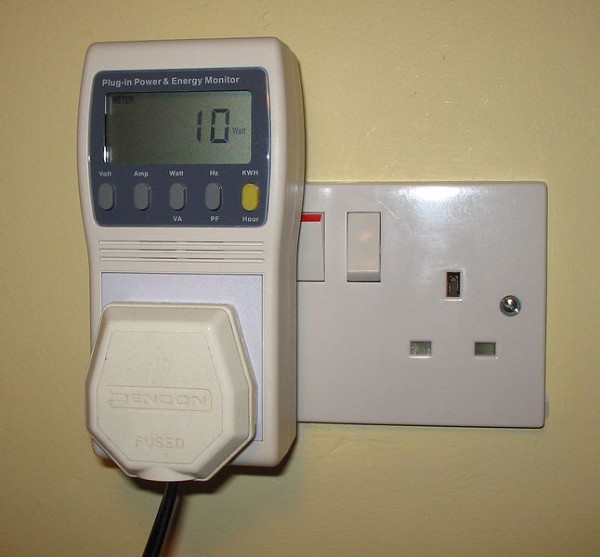Tom Ingram
Gradzette
WINNIPEG (CUP)—Green construction is booming. A recent report predicts strong growth in the green building market over the next three years, and recent government initiatives (like the government of Manitoba’s Green Building Policy, which requires all government-funded buildings to meet certain efficiency parameters) are solidifying the push toward sustainable construction.
As we enter into a new era of green building, it is becoming increasingly important to ensure that the certified buildings are performing as expected. That’s where Mohamed Ouf, a PhD student and research assistant in the department of civil engineering’s construction engineering and management group, comes in.
According to Ouf, there is an issue with the recent surge in green building.
“The problem is when you do the certification, you have to do it through the design phase up until the construction. No one really checks what happens after.”
For all but the most recent versions of LEED certification, there was no follow-up process required, Ouf said.
Combined with research that shows some green buildings consuming more energy than predicted in their design models—in some cases even more energy than older buildings of comparable size and function — the lack of follow-up poses a significant problem for sustainable construction.
But Ouf is careful to stress that not all green buildings are underperforming.
“I cannot give a percentage, but it’s not very few and it’s not everyone at the same time,” said Ouf. “It’s considerable enough that you have to look at why this is happening, but it’s not all buildings.”
He also notes that things are changing in the green construction industry.
“So I’d say hopefully now that the green building industry has matured, they’re starting to look into post-occupancy performance. That’s the direction it’s going. But it hasn’t been the case for pretty much all buildings that you see now on the market.”
Ouf’s research, which is done in collaboration with the Manitoba Public School Finance Board and Manitoba Hydro, looks at the energy consumption of public schools in Manitoba. He is examining the historical consumption of 36 schools. Ouf is also examining four other schools in more detail: one is green certified, one is recently built but not green certified, one is middle-aged, and one is very old. For these schools he is tracking energy consumption over a several-month period and doing a room-by-room breakdown.
This will be one of the first few studies to examine green schools instead of office buildings and the first to attempt to tie usage to energy consumption. Ouf is aware of two other studies that have examined green schools, both with surprising results. In one study the green schools were not performing as well as expected, and in another they were saving on gas but using more electricity than the older schools.
“Both of them assume that the usage is the reason but no one has actually investigated it,” said Ouf.
The trend data for the long list of schools has already been collected and Ouf is in the process of installing equipment in the four schools he is investigating in detail.
Ouf’s fellow students in the construction engineering and management group are doing related work on the same schools. While he examines energy consumption, they are investigating the indoor environment, acoustics, and even the productivity of students in green schools. He points out that Canadians spend 90 per cent of their time indoors, and these factors, which most people hardly think about, can have a major impact on everyday life. As an example, he points to “sick building syndrome.”
“After the energy crisis, we started to look at energy efficiency, and what they wanted to do was to make it energy efficient, make the building as airtight as possible, and that will save us from using a lot of energy to heat it,” says Ouf.“The problem with that is that you’ve kept all the air circulation inside, there are so many problems with carbon dioxide concentration and different chemical concentrations inside the building that you started having people much more sick than normal.”
On his own research, Ouf points out that small details can have a large impact on the environmental footprint of a building.
“Someone will block some window because it’s just annoying them, but this is what the building is designed to do. Daylight views are supposed to save on lighting,” says Ouf. All those small details that are from our daily life (…) actually have a huge impact in terms of money and energy consumption and that translates into carbon dioxide emissions.”
Ouf also believes that it is important for Canada to set the standard in green construction for the developing world.
“If we can set the trend that this is how you build sustainably, if they reach the level of consumption that we do in other ‘developed’ countries, it’s going be a huge impact. You can imagine one billion people doing the same thing at the same consumption levels as 30 million people here, it’s going to be crazy. So you want to set the trend of how to build green, how to design efficiently, and hopefully that will translate into there and just decrease the overall consumption. You want to make sure that the new developments in other countries are doing the right thing.”
This article was originally published in the Gradzette, the University of Manitoba’s graduate student magazine.




